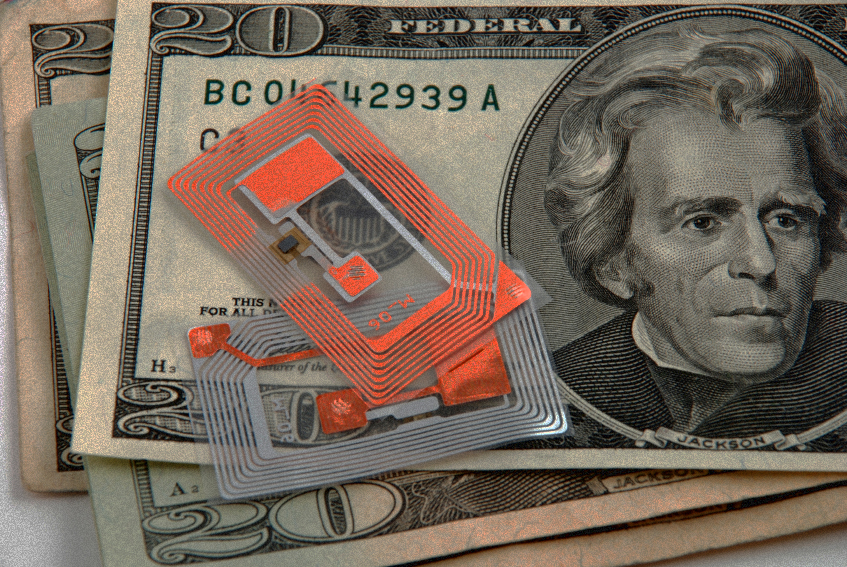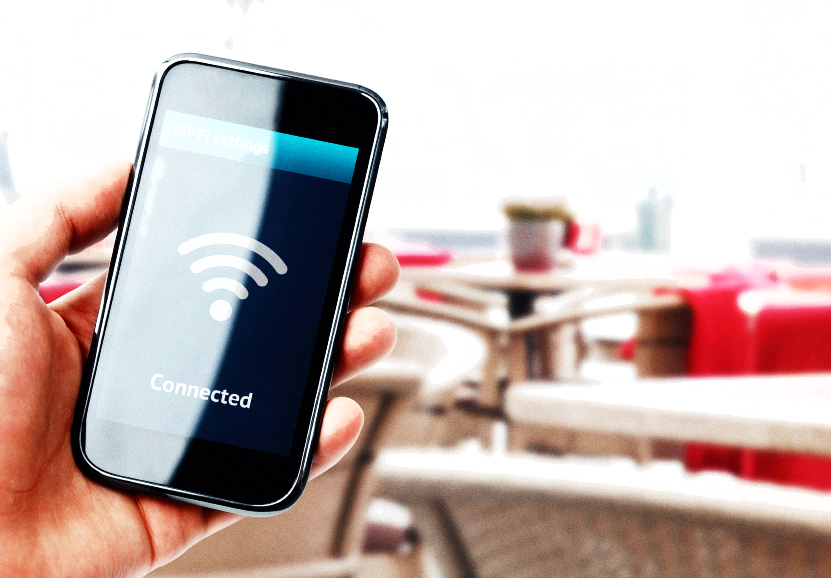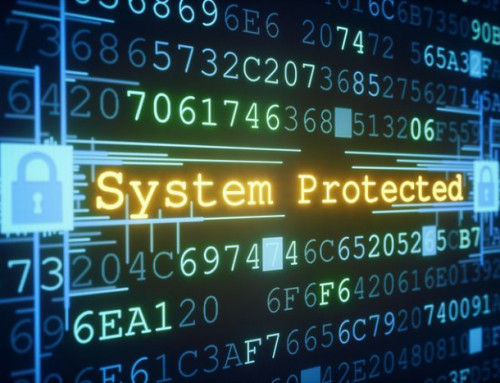What if the information you needed was whispered in your ear, just when you needed it the most? Sound futuristic? Creepy? Maybe a little spooky? Or could it simply be technology?
And what if we said that all that is already happening to people right now… and it’s happening because people are asking for it?
Welcome to the world of location-based augmented learning.
Before we go any further, let’s have a look at what augmented learning is. According to Wikipedia…
“Augmented learning is an on-demand learning technique where the environment adapts to the learner. By providing remediation on-demand, learners can gain a greater understanding of a topic while stimulating discovery and learning.”
RFID – Where it Comes From
Now… about that whisper in your ear. Admittedly, we took
Although RFID owes its development to the sort of spy gadgetry that made James Bond famous, its real-world usage has primarily been in tracking. RFID can take the form of tags, chips, stickers, and components barely bigger than a grain of rice. RFID technology has been used to track everything from planes, trains and automobiles, to the stuff that gets moved in planes, trains and automobiles.
How RFID Works
Simply stated, an RFID system requires 2 main components: a chip or tag that contains electronically stored information, and a device that reads the stored information. A smart device, such as a mobile phone or tablet with an RFID app, can serve as the reader. The RFID tag essentially “tells” the device what information to find and where to go to find it. Once triggered, the information then appears on your smart device. An excellent, more detailed explanation is provided by HowStuffWorks and you can find out more by clicking here. As for devices which read the RFID tags, look no further than your smart device. A massive array of apps is available for free.
In the retail world, RFID now provides product information to consumers as a form of direct marketing. Retailers have even used RFID tags to play pre-programmed popular music while you’re trying on clothes. In another creative application of RFID technology, a supermarket boosted its sales of a brand of mayonnaise by using RFID in a shopping cart equipped with a video screen. Walking past different sections of the store activated the screen, which played videos showing the usage of that particular brand of mayonnaise in different recipes. And that’s not all. The flexible little tag has found its way into marketing coats, pizza and even beverages.
RFID in eLearning
With its ability to provide customized information on demand, it should come as no surprise that the RFID tag can easily be adapted to eLearning. Mobile learning and augmented learning in one. And it’s affordability makes it very attractive as a solution to augmented learning. Once the learner comes within range of the tag, the smart device activates a link in the LMS, and voila! he or she receives the customized information — and the training — that they need.
For instance, a newly-hired manager of a warehouse
RFID technology has been around for 70 years. And in that time, it’s grown up without growing old. In fact, we’re just beginning to discover new ways to use this resource. And as this technology becomes more refined, we’ll soon be seeing more opportunities to bring key information to eLearning when — and where — we need it.
This is the third article in our ‘Augmented Learning’ series. The first one was Stop talking about it and do it! Augmented Learning 101: QR Codes and the second article was Augmented Learning 102: Voice Activated eLearning – Listen Up!
This article has first been published on elearningindustry.com



[…] Read the full story by KMI Learning Blog […]